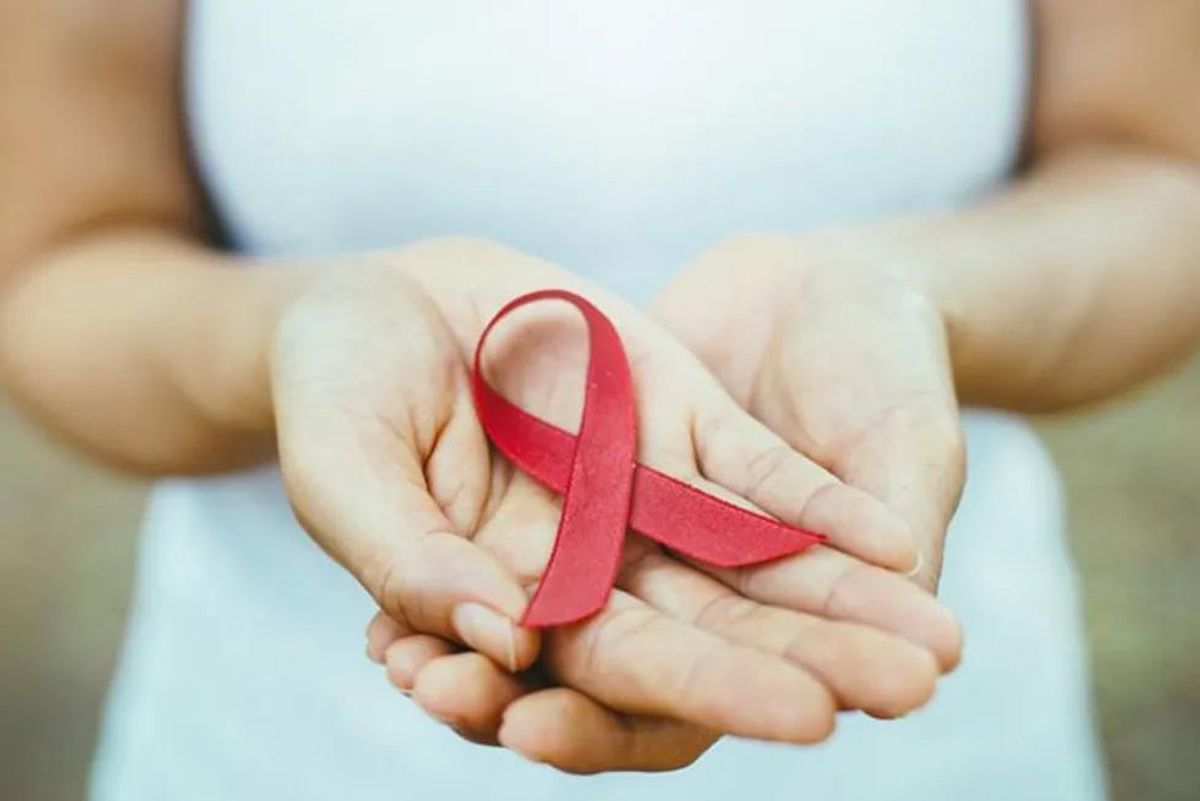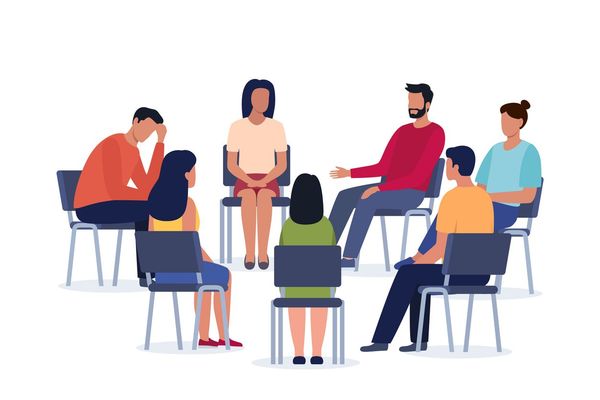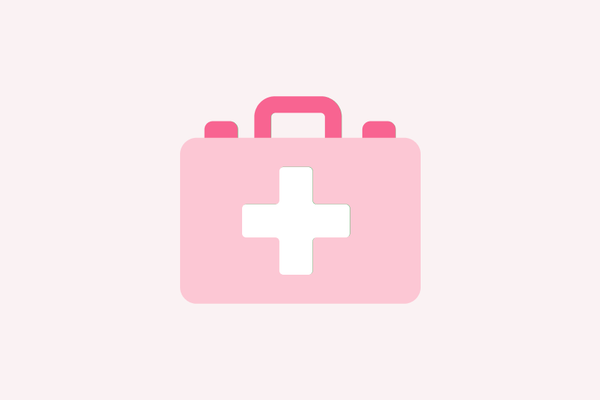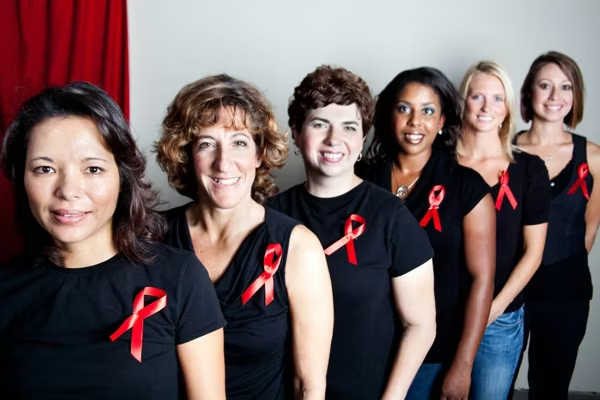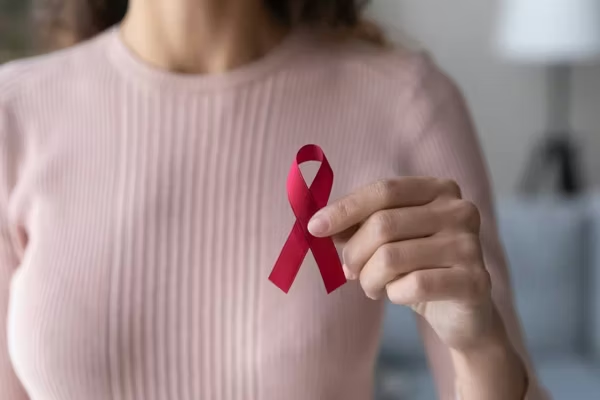One moment, HIV/AIDS didn't exist—and the next moment it was all over the news.
That's not exactly true, but that's what it felt like. Seemingly overnight, there were reports of people—mostly homosexual men—dying at an alarming rate.
It was terrifying and shocking. With few drugs to treat the virus, it was a death sentence for many. According to the Centers for Disease Control and Prevention (CDC), 673,538 people in the United States died from AIDS between 1981, when the epidemic started, and 2013, the most recent year when data was available.
And the disease didn't stay confined to gay men. Currently, one in four people living with HIV is a woman, and nearly 90 percent of cases are due to heterosexual sex.
That's why HealthyWomen.org is pleased to be a part of the HIV: The Long View Coalition. We've joined forces with the American Academy of HIV Medicine, Gay Men's Health Crisis, the National Council on Aging and the National Black Leadership Commission on AIDS, in partnership with Gilead Sciences and the Future Foundation, to bring awareness to the challenges of dealing with HIV and AIDS.
We've helped produce the HIV: The Long View report because we are dedicated to helping educate everyone living with or at risk for HIV in the United States. This report examines current challenges for those living with HIV and looks toward future health care trends and opportunities for improved treatment and management.
Here is a look at how far we've come:
The earliest case of AIDS dates back to a blood sample drawn from a Congolese man in 1959. The cause of his infection? Unknown. We now know that AIDS (acquired immune deficiency syndrome) is caused by HIV, the human immunodeficiency virus. It attacks the body's immune system, making it more vulnerable to viruses, bacteria, infection and other diseases.
Because of our increased knowledge and advanced technology, the HIV infection rate has begun to decline in the United States. The rate of new HIV infections fell by 19 percent between 2005 and 2014, the CDC reports. Equally important, new antiretroviral drugs can manage the disease and improve quality of life, similarly to managing diabetes or heart disease.
The sooner these treatments are started, the better chance there is of delaying symptoms of infection. However, as women, many of us tend to put our own health last, because we're busy caring for children, spouses or aging parents, for instance.
We need to better understand how HIV affects women. Here is a start:
Women lag in HIV awareness and treatment, as well as access to health care. This is particularly a problem among women in underrepresented and underserved minority populations, such as African American, Latino and transgender women.
In 2014, approximately 1,350 Hispanic/Latino women, 1,483 Caucasian women and 5,128 African-American women were diagnosed with HIV. Hispanic/Latino women have a rate of new infection that is four times higher than among Caucasian women. And the risk is highest for transgender women, partly due to a high rate of sex work and multiple sex partners.
It's important to take charge of your own health and know some important facts about HIV/AIDS:
- The most common ways the virus is spread are by unprotected sex and sharing needles with a person already infected with HIV.
- Having sex with multiple partners and/or engaging in casual unprotected sex (as opposed to monogamy) heightens your risk considerably.
- You can't become infected through casual contact or insect bites or stings.
- Your risk of getting HIV from an infected health care professional is extremely low.
- If protective measures are not instituted, babies born to HIV-infected women may become infected before or during birth or even through breastfeeding. When women receive antiretroviral drugs during pregnancy and delivery, their risk of passing it on to their babies' drops to less than 2 percent.
- Condoms help protect against HIV, but they're not perfect: The only sure prevention is abstaining from having sex with anyone who is infected.
- Always use a condom—latex or polyurethane, not "natural"—during any type of sex, and use only water-based lubricants with latex condoms. (Non-water-based lubricants are OK with polyurethane condoms). Steer clear of oil-based lubricants like petroleum jelly or vegetable shortening.
- Do not share personal items such as toothbrushes, razors and devices used during sex that may be contaminated with blood, semen or vaginal fluids.
- Don't assume that someone is not infected just because they have no symptoms. A person may be infected and remain symptom-free for years, but still be infectious. Initial symptoms can last for one to three weeks and include fever, fatigue, joint pain, headache and sore throat.
- HIV can be spread through oral sex. The blood from the mouth of an infected partner may enter the urethra, vagina or anus through small cuts or open sores. It can also be spread through open-mouth kissing (or "French kissing"), but the risk if very low. Still, experts recommend you refrain from this type of kissing with an infected partner.
Being educated is empowering. You can take charge of your health for the long-term and learn how to prevent and live with this virus. HIV: The Long View has provided an evidence base to help us set up that vision of care and support.

